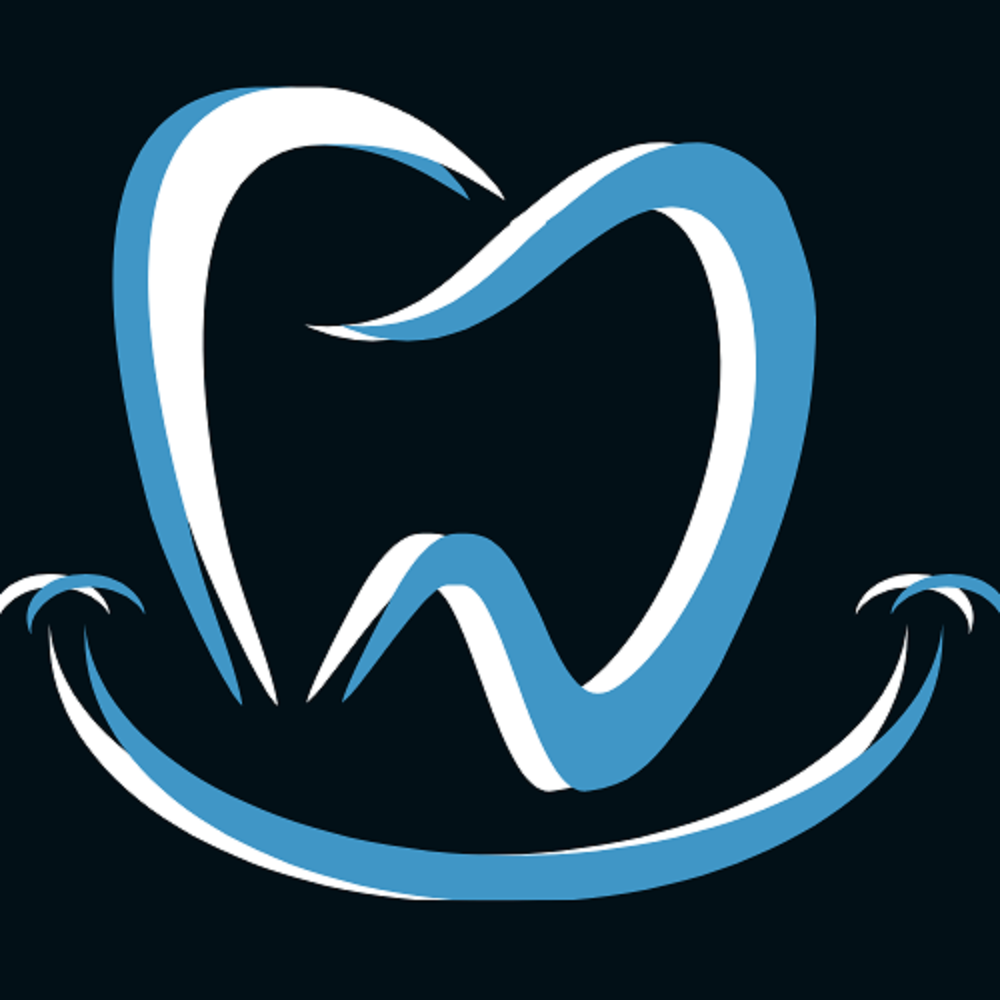People frequently ask us about pain and what they might expect after orthodontic treatment. The most common question we get is, “Will Invisalign cause me pain?” And to that, we respond: There will be no pain, but you may suffer little soreness during treatment. This just indicates that your teeth straightening procedure is functioning. When it comes to traditional orthodontic treatment with metal braces, the old adage “no pain, no gain” is undoubtedly true. Clear aligner therapy, especially with Invisalign, is significantly more comfortable than braces. When compared to alternative aligner systems or braces, Invisalign’s patented SmartTrack material provides light, continuous force for very precise tooth motions, making treatment time faster and more comfortable.
We understand that you may be concerned about discomfort during the procedure, especially if you previously wore traditional metal braces as a child. Braces can be a source of anxiety. When you initially obtain your Invisalign aligners, you may notice that they are snug and impose a tiny pressure on your teeth. This is very normal behavior. Your teeth shift into position when you wear your aligners, and the tightness decreases dramatically. When transitioning to new aligners every week, this tightness and even minor discomfort is usual.
That being said if you’re in discomfort or suspect something’s wrong, it’s always a good idea to contact a reputable orthodontist to find out what’s going on.

Tips
We provide some practical ideas on how to deal with any Invisalign discomfort:
You can do the following:
- Before going to bed, switch to new aligners.
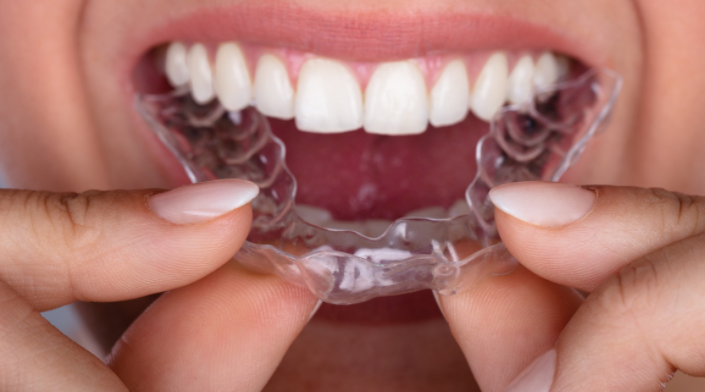
- As needed, take over-the-counter pain relievers. Ibuprofen has been demonstrated to decrease tooth movement, hence Acetaminophen (i.e. TYLENOL) is preferred.

- To ensure that your aligners are fully installed, use aligner chewies.
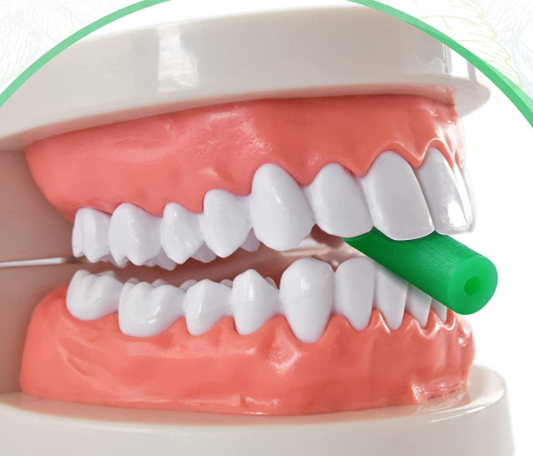
- Drink plenty of cold water.

- Avoid foods that are firm and crunchy.

- Orajel ointment is a topical pain treatment that you can use on your teeth or gums.
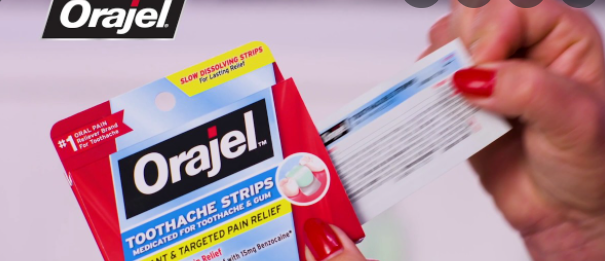
Remember, if you have some soreness, it simply shows your Invisalign treatment is working!
Common Types of Aligner Pain
When it comes to Invisalign, “pain” is a strong term, but it’s crucial to know what to expect when considering clear braces. The following are the most common types of Invisalign discomfort in Dallas.
Aligner Fit and Tooth Movement
This causes modest discomfort, which is most commonly described as tenderness or pressure. You might not notice them unless you’re wearing new aligners or taking them in and out to eat or clean.
Pressure Indicates that the Aligners are Working
To straighten your teeth, only a small amount of pressure is required. Although the small pressure that results is unpleasant, it is an essential aspect of how Invisalign works.
Tongue and Gum Irritation
The edges of your aligners may brush against your cheek, tongue, gums, or mouth floor, creating irritation. If this occurs, avoid manipulating the aligners. For immediate assistance, contact your trusted orthodontist or one of our Clear Smiles orthodontists in Texas.
Changing Aligners
A sequence of aligners is used in the Invisalign treatment. The difference in shape between your current aligner and the next one, as it relates to your teeth alignment, can cause some pressure. However, your teeth will shift and adjust to match the new aligner over time.
Ensuring Your Invisalign Process Goes Smoothly

There are additional measures to guarantee that your therapy goes as well as possible with the fewest possible setbacks. These suggestions will assist you in completing therapy as quickly and effectively as possible, as well as minimizing any discomfort.
- Remember to wear your aligners: The ability to remove Invisalign aligners to eat can be a double-edged sword. On the one hand, unlike metal braces, there are no dietary restrictions because the aligners can be removed when eating or snacking. Brushing and flossing your teeth becomes easier as a result of this convenience. If you fail to put your aligners back in after eating, however, the procedure will be disrupted, causing delays and even more discomfort.
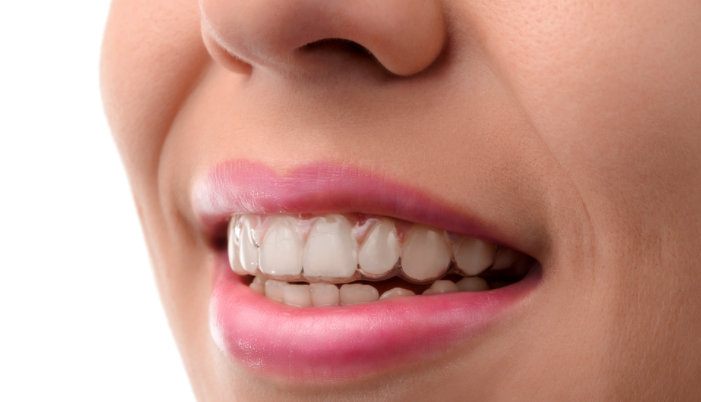
- Clean your aligners properly: If you don’t clean your aligners on a regular basis, discoloration, odor, and bacteria accumulation can arise. Clean both your teeth and your trays thoroughly every morning. Because bacteria can accumulate on the trays while sleeping, start each morning with clean teeth and trays. It’s also a good idea to do this in the evening.

- Brush and floss your teeth before putting the trays back in: Putting the trays back in with food particles trapped in your teeth traps them, which can lead to cavities and other dental problems.

- When not in use, don’t keep your trays out in the open: For one thing, you’re introducing bacteria, and there’s a good possibility you’ll lose them or toss them out. Keep your case with you at all times just to be safe. If you leave them out for an extended period of time by accident, rinse and soak them, then rinse them again before putting them back in.

